Listen to the audio version of this article. Duration: 10 minutes.
Politecnico di Milano’s School of Design is one of the few institutions globally offering a degree in Design & Engineering, with the aim of training cutting-edge international designers. The programme combines traditional design knowledge with engineering expertise. A key feature of this academic path is the application of design in material research, carried out by the Making Materials research group, led by Professor Barbara Del Curto.

Credits: LAB IMMAGINE -DEP: Design, Politecnico di Milano
Politecnico di Milano ranks as Italy’s top university and 111th globally (out of 1,503 institutions) according to the QS University Rankings 2025. This achievement is no surprise for the university, which consistently features among the world’s top ten for Architecture and Design, and within the top 25 for Engineering graduate programmes. Since its founding in 1863, Politecnico di Milano has been a leader in avant-garde education, merging architectural, artistic, and technical-scientific studies. Milan’s rich tradition in design, which originated from Lombardy’s craft and industrial culture and flourished with industrial design in the 1950s, has been a key influence.
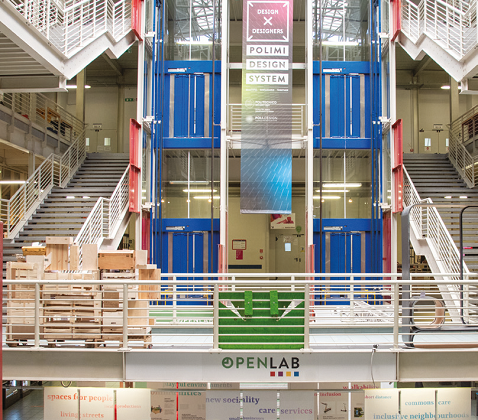
Credits: LAB IMMAGINE - DEP: Design, Politecnico di Milano
It was at Politecnico in 1993 that Italy’s first degree course in Industrial Design was launched, now known as the School of Design. This school has consistently pioneered innovative pathways to meet the evolving needs of the market and contemporary society.
From this multidisciplinary culture and commitment to market demands, the master’s degree in Design & Engineering was introduced over 20 years ago, focusing on Industrial Product Design and Engineering. The programme’s objective is to train international level, avant-garde designers, blending the knowledge of traditional design with engineering expertise. Graduates are well-equipped to manage the entire process, from conceptualisation to production, while driving innovation through the use of sustainable materials and cutting-edge technologies in the consumer products industry. Their training prepares them to navigate the complexities of global decision-making and production systems.
This multidisciplinary training is the result of an integrated approach that combines several key disciplines: Design (Department of Design, School of Design), Mechanical Engineering (Department of Mechanics, School of Industrial and Information Engineering), and Materials Engineering (Department of Chemistry, Materials, and Chemical Engineering “Giulio Natta”, School of Industrial and Information Engineering).
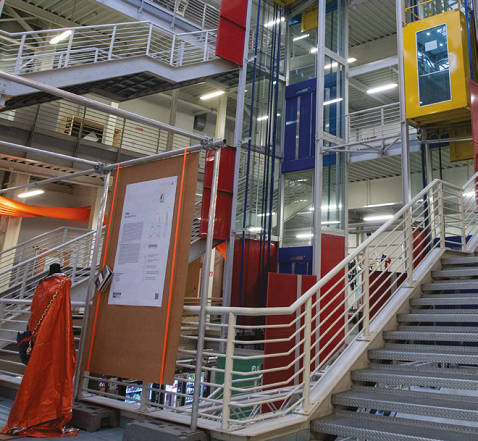
Credits: LAB IMMAGINE - DEP: Design, Politecnico di Milano
The multidisciplinary approach is what sets this degree programme apart, making it almost unique and internationally renowned, attracting hundreds of applications from around the globe each year. Barbara Del Curto is a full professor of Design at the Department of Chemistry, Materials, and Chemical Engineering “Giulio Natta” and teaches “Nanotechnologies and Functional Materials for Design” in the master’s degree course in Design & Engineering. Through her, DM aimed to explore key aspects related to the research and study of materials and surfaces, as well as their application-oriented implementations in the manufacturing sector.
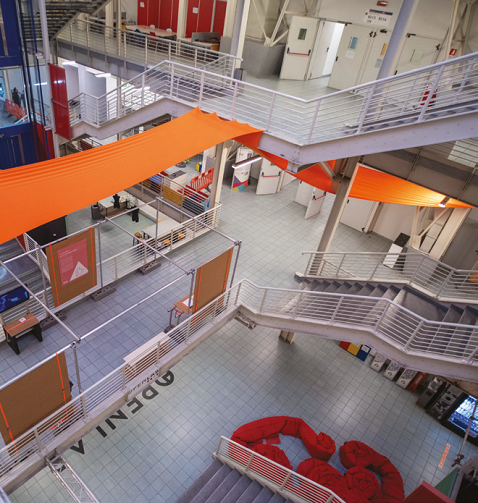
Credits: LAB IMMAGINE - DEP: Design, Politecnico di Milano
Professor Del Curto, when we talk about new materials, what exactly are we referring to? “Giulio Natta discovered polypropylene and won the Nobel Prize for Chemistry,” explains the professor. “It is challenging to invent or identify entirely new materials. More accurately, we should speak of the evolution or modification of existing materials found in nature, made possible through material science and technology. Sometimes, this involves drawing inspiration from nature, as seen with biomimetic materials, i.e. bio-inspired processes that enable us to achieve qualities otherwise unattainable in engineering design.” In other cases, specific needs are addressed, such as the need to alter the colour of a surface. This is where functional or Smart Materials come into play—substances that change their properties in response to certain stimuli. A good example is photochromic lenses: UV radiation triggers a molecule within the material, causing the lens to change colour. When the stimulus is removed, the lenses return to their original colour.”
RESEARCH AND TEACHING: A WINNING COMBINATION

Design & Engineering student
Credits: LAB IMMAGINE - DEP: Design, Politecnico di Milano
This research into materials is conducted by specific study groups, such as Making Materials, led by Professor Del Curto, or through interdisciplinary collaboration within the Politecnico. The next step is applying this knowledge in the field of design, particularly through teaching. “Research on materials is presented to Design & Engineering students, giving them the opportunity to understand material properties for better design applications,” says Del Curto. “Understanding the specific properties of materials enables students to select materials based on their design requirements. Through this methodology, which is grounded in material study and research, we show students what possibilities materials can offer while stimulating them to create something new. This often results in the development of innovative design products.”
A SIMILAR METHODOLOGICAL APPROACH FOR INDUSTRY
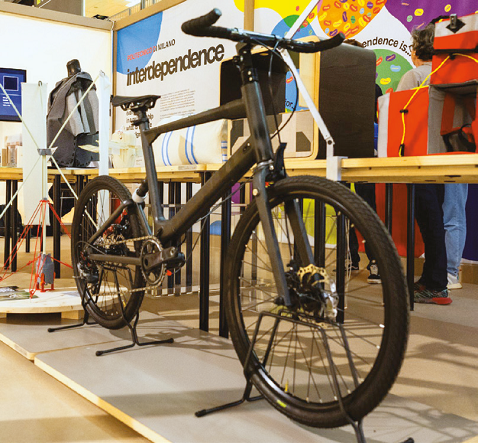
Product created in the Design & Engineering courses and exhibited at the Salone Satellite, 2024
Project name: LEVANTE
Credits: LAB IMMAGINE - DEP: Design, Politecnico di Milano
This methodological approach is not limited to teaching but is also applied in industry. Companies in the manufacturing sector often turn to the Politecnico, specifically the Department of Chemistry, Materials, and Chemical Engineering, when collaborating on the development of a new product or revamping an existing one. “Once the product’s requirements and constraints are identified together, we review the databases and material data sheets used by the company to select the materials that best meet those criteria,” explains Professor Del Curto. “Based on the chosen materials, we either search for suppliers or provide instructions to the company’s existing suppliers to source and implement the chosen materials.”
But what kind of innovation does the introduction of a new material bring? “The improvement can be seen in different ways, some of which may be more or less visible to the consumer. For instance, if the new material improves the production process, the innovation will be ‘invisible’. However, if it reduces the number of assembled components, enabling a distinctive or unique shape, that innovation will also be noticeable to the end user,” concludes the professor.
ROLES AND JOB OPPORTUNITIES IN Design & Engineering
Graduates of the master’s degree in Design & Engineering emerge as designers with various skills, including:
• Expertise in industrial product design and the ability to interface with process engineers
• Prototyping capabilities
• Simulation skills
• Specialisation in materials and their life cycle
• Over time, project leading i.e. becoming designers with a holistic vision of the project, capable of managing or coordinating the entire product lifecycle, from design and production to commercial distribution and disposal.
MAKING MATERIALS

Professor Barbara Del Curto
Credits: LAB IMMAGINE - DEP: Design, Politecnico di Milano
Professor Barbara Del Curto leads the Making Materials research group, part of the “Giulio Natta” Department of Materials Chemistry at Politecnico di Milano. The group offers courses in both undergraduate and master’s programmes at the School of Design and conducts research centred on material selection and innovation in the design of materials and surfaces. The research focuses particularly on functional materials, nanotechnology, and surface functionalisation, in collaboration with the manufacturing, textile, and packaging sectors. A key element of their work is partnering with industries, especially in packaging, to drive product innovation with a focus on environmental sustainability. In 2023, the group was recognised for its theoretical research from the ADI Design Index 2022 for the paper, “Emerging Material Research Trends; Fostering Critical Material Research in Design Students”. This study compiled approximately 200 new materials, organised by design and innovation trends, providing an essential resource for designers navigating the world of material innovation.
makingmaterials.cmic.polimi.it

Photo credits: LAB IMMAGINE - DEP: Design, Politecnico di Milano
Latest trends in materials
.png)
1.FUNCTIONALS:
responding to an input with an output.
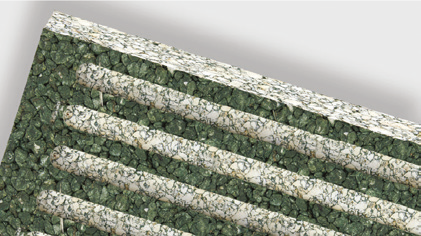
2.BIOXXX:
biobased/or biodegradable materials. Bio-based materials are those materials that are partially or totally derived from vegetable biomass, such as corn, sugar cane, beet, cellulose, vegetable oils.

3.RE-DISCOVERED:
materials that are recycled, reinterpreted, redesigned to avoid waste.
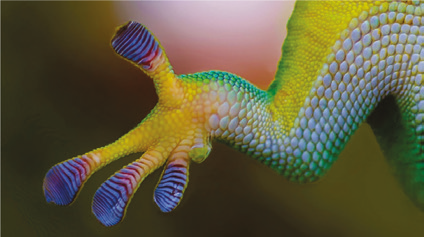
4.BIOMIMETIC:
emulating natural systems to solve human design challenges.

5.ALIVE:
materials that change, move, grow over time.
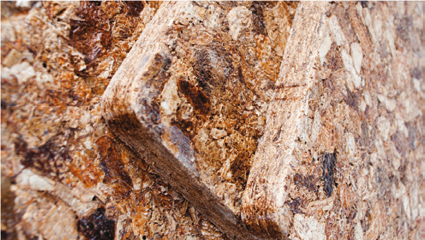
6.FOODOLOGY:
materials and/from/being food.
Copyright © Homa 2025
All rights reserved

.jpg?VGhlIFBlcmZlY3QgU2xvdC1pbijmraPnoa4pLmpwZw==)

































